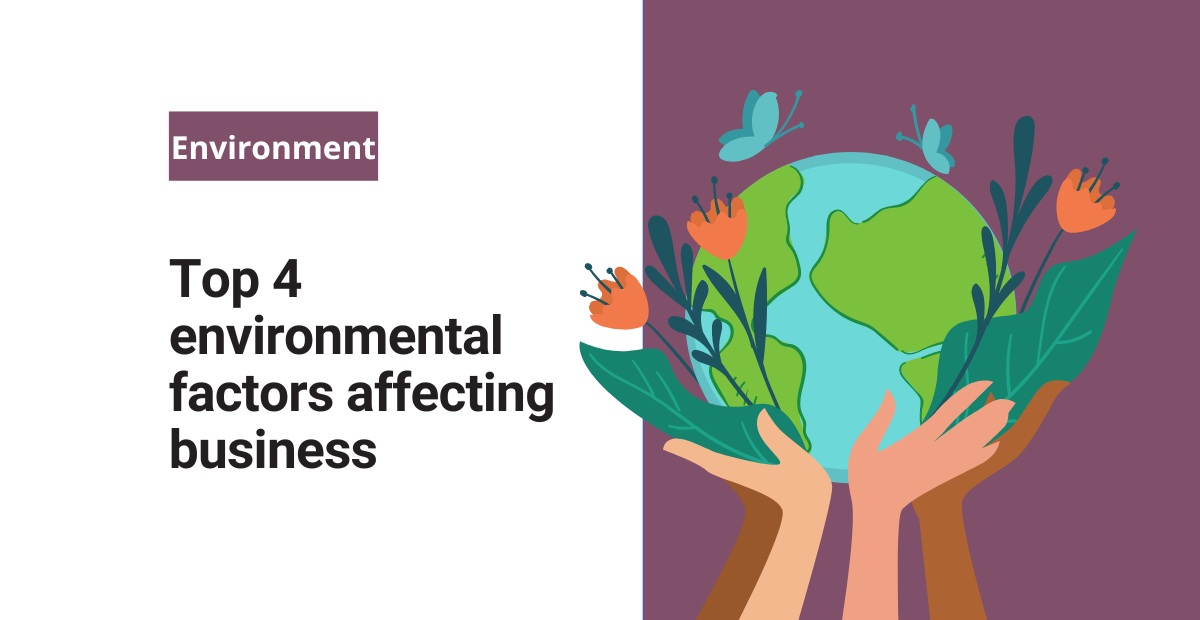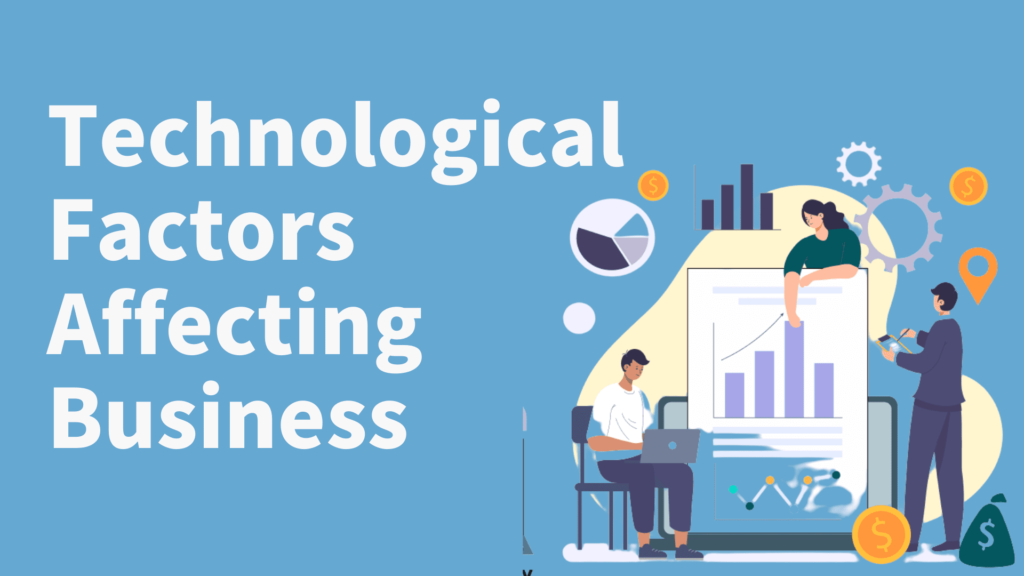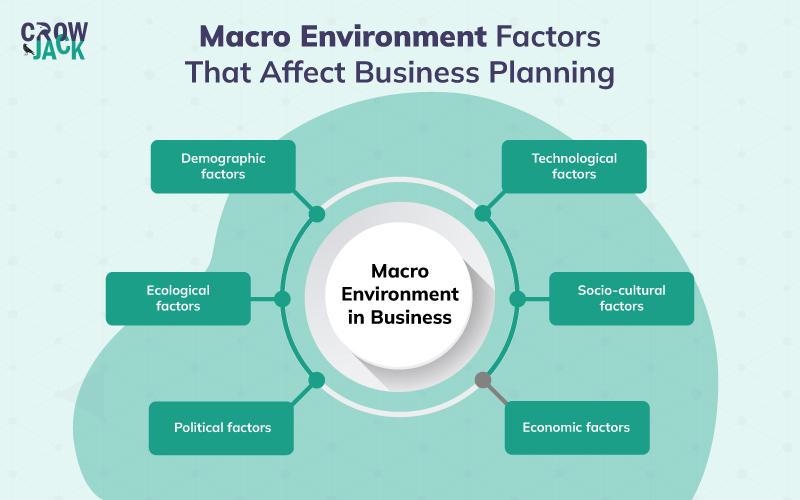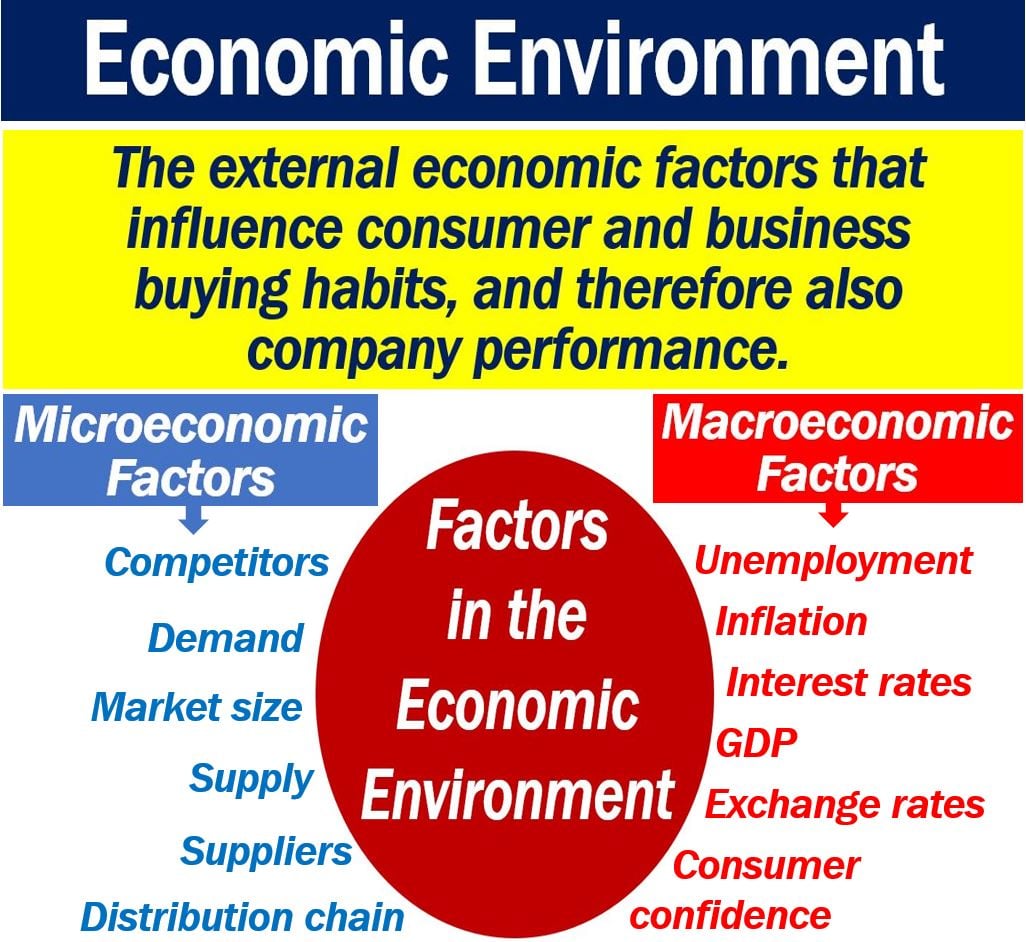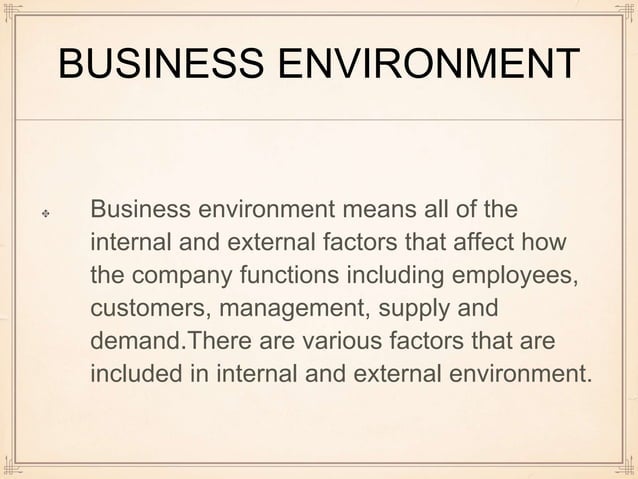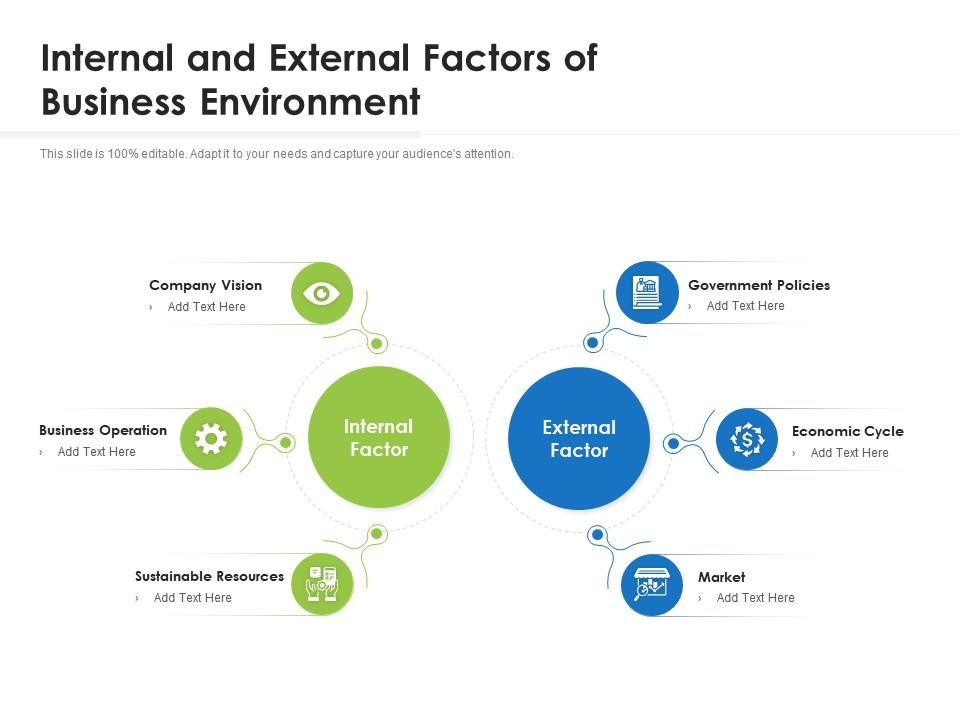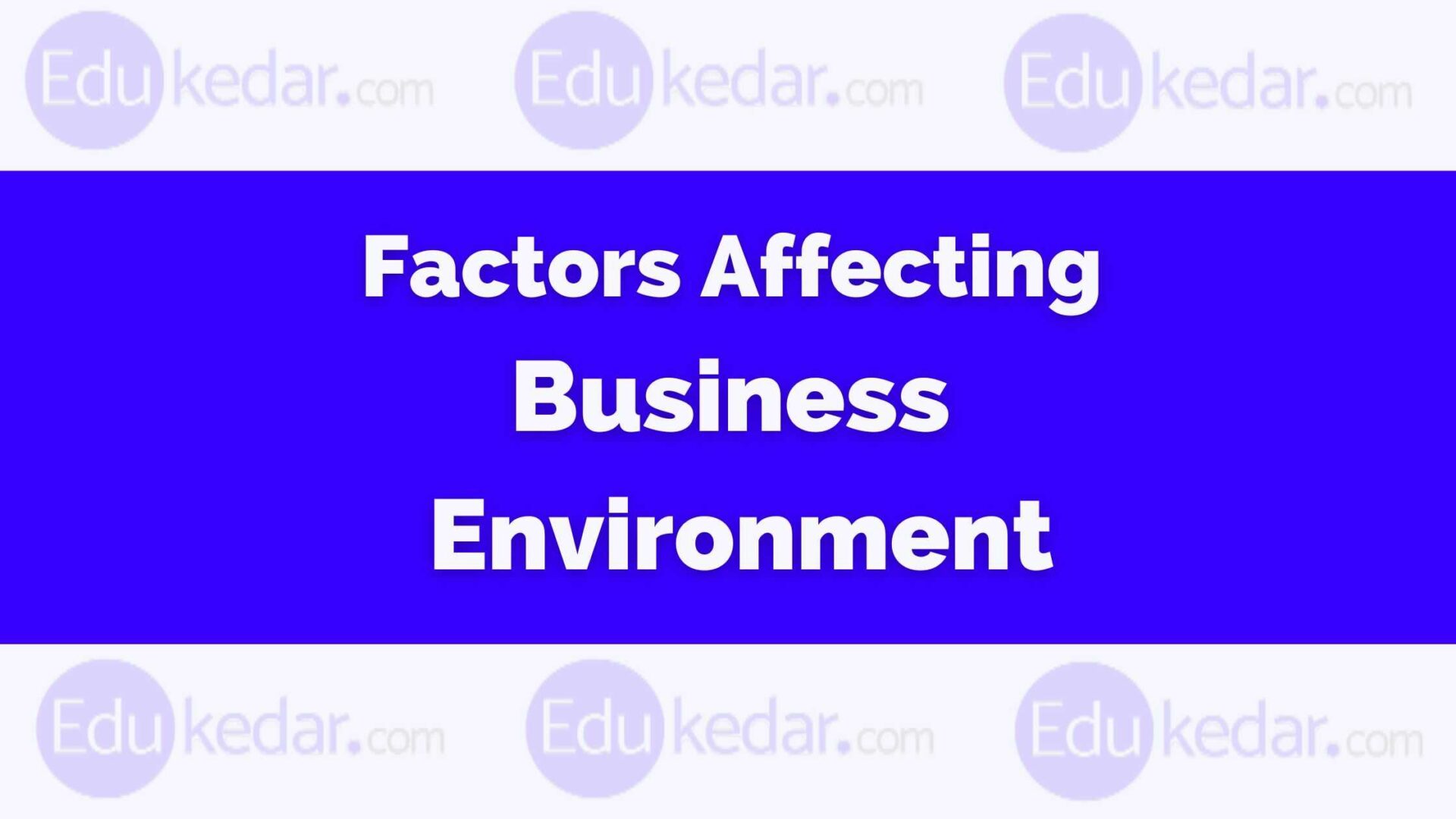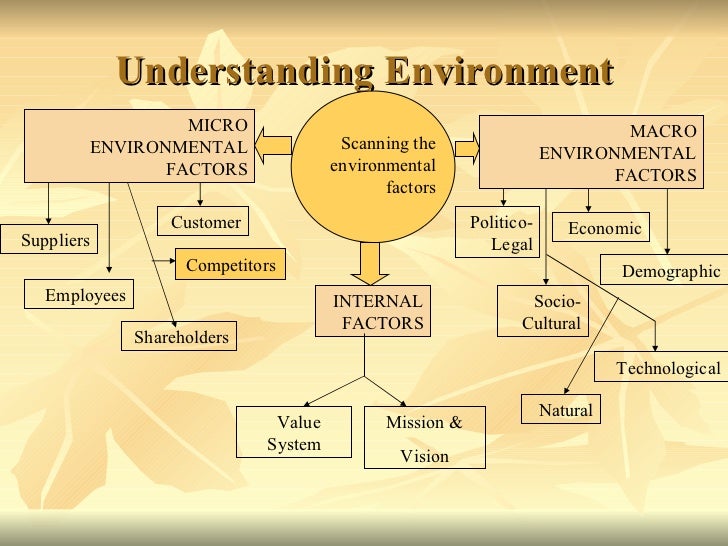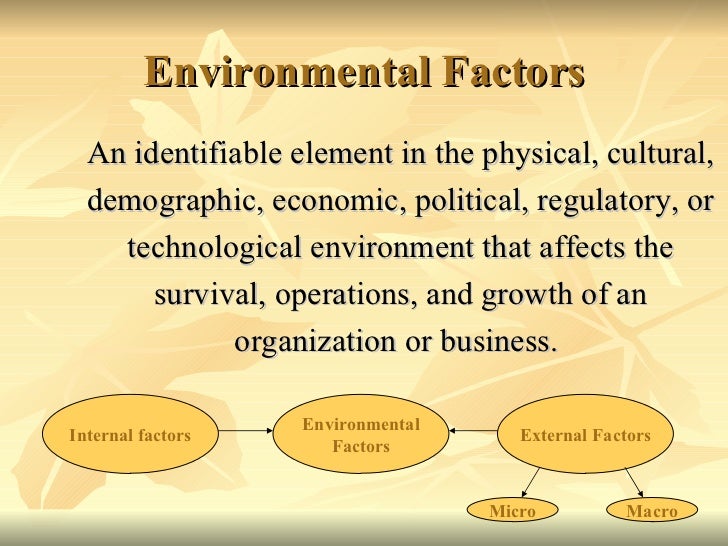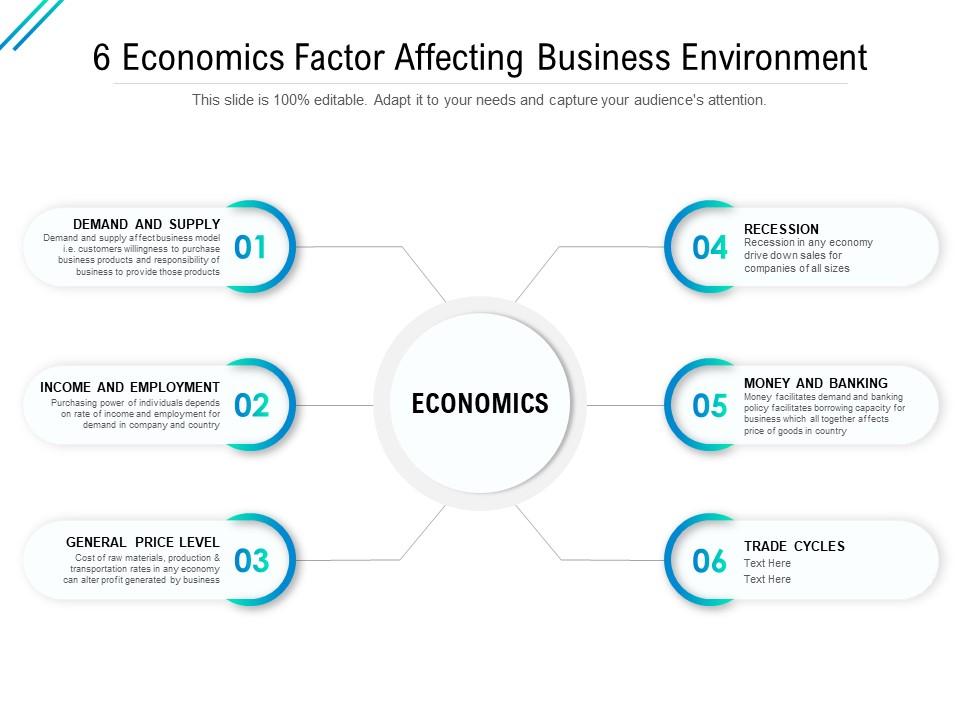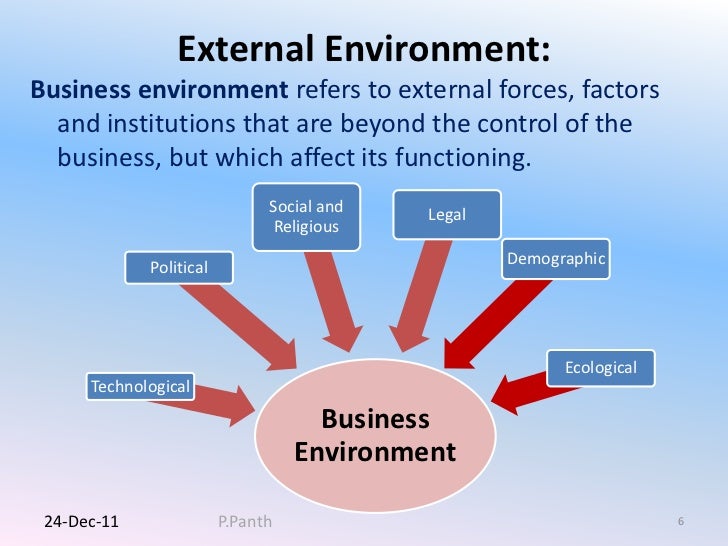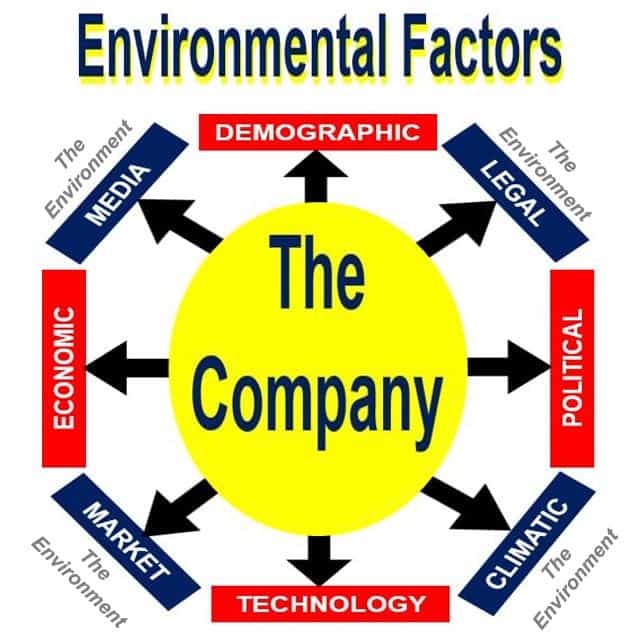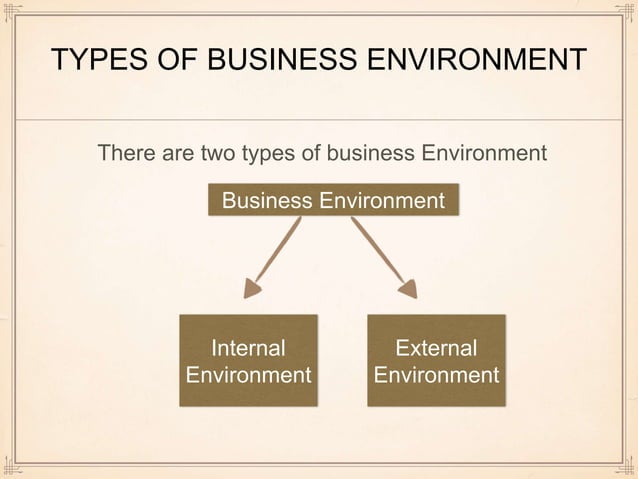Factors That Affect The Business Environment

Imagine strolling through a bustling marketplace, the air thick with the aroma of spices, the sounds of bartering echoing around you. Each vendor, each transaction, a tiny piece of a much larger puzzle. This vibrant scene is a microcosm of the business environment, a complex ecosystem where success hinges on understanding and adapting to a multitude of ever-changing factors.
Navigating this intricate landscape requires more than just a great product or service. Businesses must contend with economic shifts, technological advancements, political policies, socio-cultural trends, and global events – all of which can dramatically impact their operations and profitability.
The Economic Climate: Riding the Waves
The overall health of the economy is a fundamental factor affecting businesses. Economic growth, measured by indicators like Gross Domestic Product (GDP), directly influences consumer spending and investment levels. During periods of recession, businesses often face reduced demand, forcing them to cut costs or even close their doors, according to data from the Bureau of Economic Analysis.
Inflation, another critical economic factor, erodes purchasing power and increases production costs. Rising interest rates, often used to combat inflation, can make borrowing more expensive, hindering business expansion and investment.
Technological Disruption: Innovate or Stagnate
Technology is perhaps the most disruptive force shaping the modern business environment. The rapid pace of innovation constantly creates new opportunities and threats.
Consider the rise of e-commerce: it has revolutionized retail, forcing brick-and-mortar stores to adapt or risk becoming obsolete. Businesses must embrace digital technologies, automate processes, and leverage data analytics to stay competitive.
Political and Legal Frameworks: Playing by the Rules
Government policies and regulations exert a significant influence on businesses. Tax laws, trade agreements, and environmental regulations can all impact profitability and operational costs.
Changes in labor laws, such as minimum wage increases, can also affect businesses' bottom line. Moreover, political instability or shifts in government priorities can create uncertainty, making long-term planning challenging.
Socio-Cultural Trends: Understanding Your Audience
Understanding the values, beliefs, and lifestyles of the target market is crucial for business success. Socio-cultural trends shape consumer preferences and demand.
For example, the growing awareness of environmental sustainability has led to increased demand for eco-friendly products and services. Businesses that cater to these evolving consumer preferences gain a competitive advantage.
Global Events: A World of Interconnectedness
In an increasingly interconnected world, global events can have far-reaching consequences for businesses. Trade wars, pandemics, and geopolitical conflicts can disrupt supply chains, impact consumer sentiment, and create economic uncertainty.
The COVID-19 pandemic, for instance, had a devastating impact on many businesses, particularly those in the tourism and hospitality sectors. Businesses that demonstrated resilience and adaptability were better able to weather the storm.
The Interplay of Factors: A Holistic View
It's important to recognize that these factors don't operate in isolation. They are interconnected and often reinforce or counteract each other.
For example, technological advancements can drive economic growth, but they can also lead to job displacement, which may require government intervention in the form of retraining programs.
Adapting and Thriving
Successfully navigating the business environment requires a proactive and adaptive approach. Businesses must constantly monitor these factors, analyze their potential impact, and adjust their strategies accordingly.
This includes investing in market research, staying informed about policy changes, and embracing innovation. Continuous learning and adaptation are essential for long-term survival and success.
As the marketplace continues to evolve, the ability to understand and respond effectively to the multifaceted factors that influence the business environment will be the key differentiator between those who merely survive and those who truly thrive. It is a constant journey of learning, adaptation, and ultimately, resilience.



